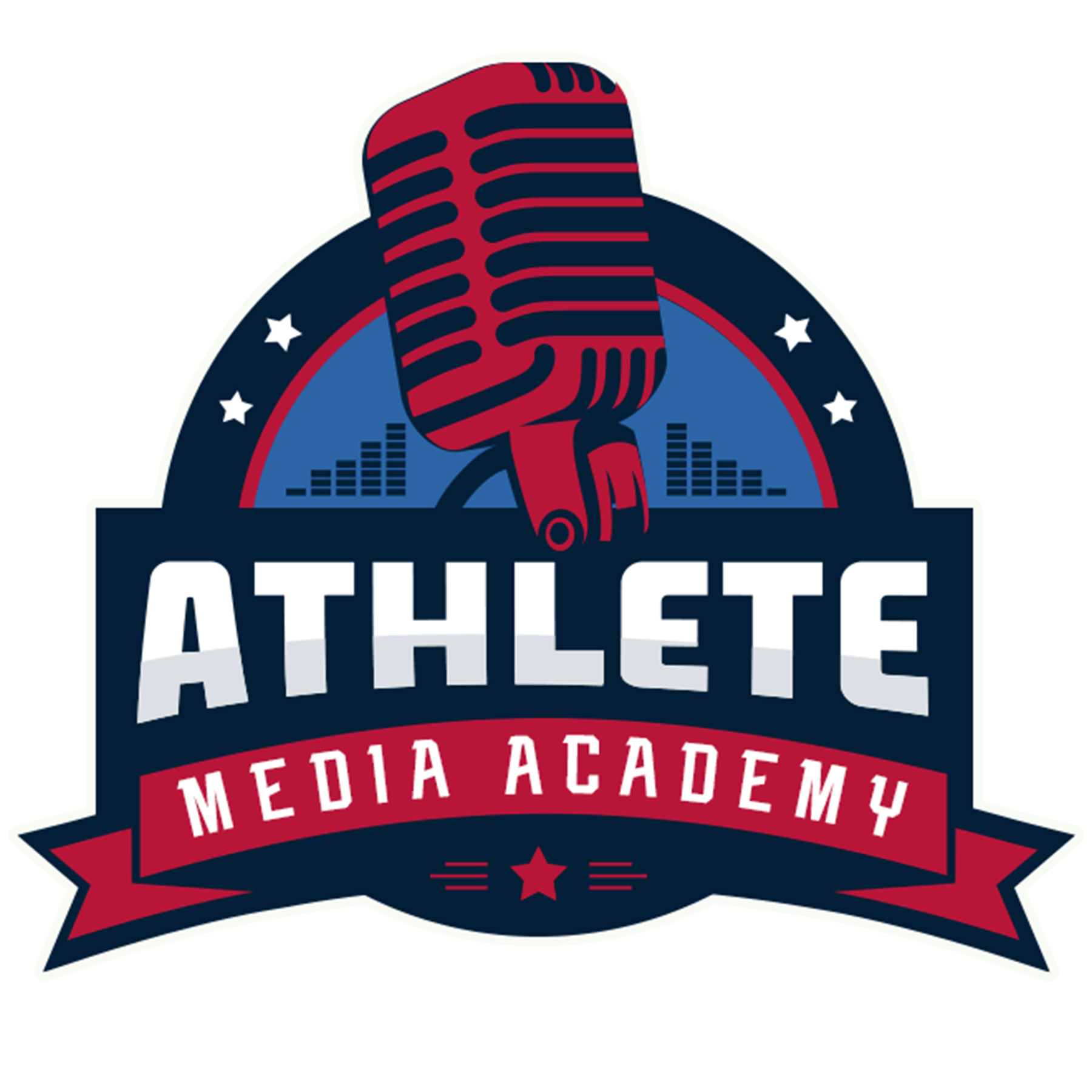Lesson 7: Long-Term Reputation Maintenance
Lesson Overview
Maintaining a strong and positive reputation requires ongoing effort, strategy, and adaptability. An athlete’s reputation is not solely built on moments of crisis or triumph but on consistent behavior, messaging, and community engagement over time. This lesson explores the essential strategies for long-term reputation maintenance, including proactive media engagement, personal brand reinforcement, and relationship-building with key stakeholders.
Learning Objectives
By the end of this lesson, athletes will be able to:
✅ Implement strategies for long-term reputation management.
✅ Establish and maintain a personal brand aligned with career goals.
✅ Engage with media, fans, and stakeholders in a positive and sustainable manner.
✅ Monitor and adapt their public perception effectively.
Section 1: The Pillars of Long-Term Reputation Maintenance
To sustain a positive reputation, athletes must develop habits and strategies that align with their values and goals.
✔️ Consistency is Key: Athletes should remain consistent in their messaging, behavior, and public interactions.
✔️ Authenticity Builds Trust: A genuine approach to communication and engagement fosters credibility.
✔️ Continuous Engagement with Fans & Media: Staying active and visible helps control the narrative and maintain relevance.
✔️ Proactive Reputation Management: Monitoring public perception and addressing concerns before they escalate is essential.
✔️ Evolving with the Industry: As media landscapes change, athletes should adapt their communication and branding strategies accordingly.
🔹 Discussion: What habits do highly respected athletes exhibit to maintain a strong, long-term reputation?
Section 2: Proactive Communication & Branding
A long-lasting reputation is reinforced through strong communication and personal brand consistency.
✔️ Own Your Narrative: Athletes should actively shape their public image through strategic storytelling.
✔️ Maintain Positive Media Relationships: Regular and constructive engagement with journalists leads to balanced coverage.
✔️ Social Media as a Reputation Tool: Regular posting of positive contributions and professional updates reinforces an athlete’s brand.
✔️ Surround Yourself with the Right Team: Public relations professionals, managers, and mentors help guide reputation strategy.
✔️ Monitor & Address Public Sentiment: Regularly evaluating how an athlete is perceived ensures they stay ahead of potential concerns.
🔹 Activity: Athletes draft a long-term personal branding plan, outlining key communication strategies.
Section 3: Sustaining Positive Relationships with Stakeholders
Athletes must build and sustain strong relationships with fans, sponsors, media, and community organizations.
✔️ Fan Engagement: Interactive social media presence, community events, and consistent communication build loyalty.
✔️ Sponsorship & Partnership Integrity: Aligning with brands that share core values reinforces credibility.
✔️ Media Training & Ongoing Development: Regular media training helps athletes refine their messaging.
✔️ Crisis Readiness: Having a proactive plan for potential reputation challenges helps maintain control of public perception.
✔️ Charitable & Community Involvement: Meaningful engagement with charitable organizations solidifies positive public perception.
🔹 Exercise: Athletes create a stakeholder engagement plan for the next year, focusing on key relationships.
Final Takeaways & Next Steps
✔️ Final Activity: Athletes analyze a case study of an athlete who has successfully maintained a positive reputation over a long career.
✔️ Key Takeaway: A well-maintained reputation requires consistency, strategic communication, and proactive engagement.
✅ Next Steps:
- Develop a reputation maintenance checklist with key action items.
- Identify areas of personal brand development that need refinement.
- Commit to regular reputation monitoring and proactive engagement.

